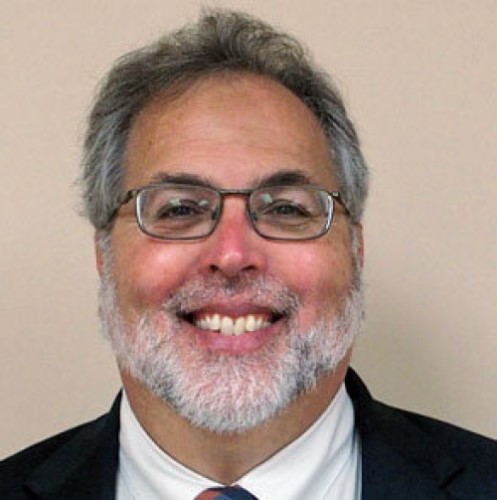Community Conversations for Your Board
December 01, 2018
Board-Savvy Superintendent
A SCHOOL DISTRICT has been embroiled in controversy by a move to new grading practices and schedule modifications to implement major changes in instruction.
The board of education has spent considerable time looking at research and is comfortable the changes will have positive, long-term effects on teaching and learning. However, many staff members and parents have become quite vocal in their opposition to the initiatives and to the superintendent.
In the many years I’ve worked with district leadership teams, I discovered that communicating with the public ranks as one of the biggest challenges. Given that many board proposals tend to fail because of a lack of buy-in, it is more important than ever to ensure you have the ear of your community members. This includes staff, parents and civic leaders.
Creating true dialogue can be the difference between ringing support or resounding defeat.
Touchstone Topics
In the case of the superintendent with his plans to improve instruction, some of the damage already was done. The board, in fact, had pulled back partially from the initiative due to strong community objections.
In this case, the superintendent and board should have reached out to the community to include community voices in the conversation long before a solution was presented.
Certain touchstone issues are certain to attract pushback — redistricting, changes to school schedules and revisions to grading practices. Sometimes it’s parental opposition and sometimes it comes from staff.
One great way to solicit support is to include community voices in the conversation early on. Successful programs often begin with public conversations around specific topics. Inviting the community to inform discussions can have a lasting effect on its views toward district leadership.
Think Backwards
So, how to begin?
First, define the problem and think backwards from there. Consider who you and the board want at the table. Are there specific community leaders who should be involved? Other municipal leaders? Vocal parents? Clergy? Think outside the box by seeking individuals who bring alternative views to the topic under discussion.
As you prepare for your meetings, create an information packet to distribute to participants in advance. Give them pros and cons — don’t try to divert them in your preferred direction. Perhaps there is a book that you encourage participants to read ahead of time. In every case, don’t go rushing for a solution. Let people wrap their heads around the problems the board is facing. This will help them better understand the dilemmas the board is struggling with.
Consider holding large-group activities in a public forum format, as well as smaller focus groups. The large-group activities may identify others whom you may wish to bring into the smaller groups. Keep these meetings focused on a single topic — don’t let the conversation stray too much.
I also suggest that you bring in an outside consultant to lead the meetings. Many superintendents willingly jump in and serve as facilitator for these sessions, but it is important the superintendent be part of the conversation, not leading it. There are organizations that provide these services for school districts seeking help in putting together a program, starting with your state school boards association.
Whose Authority?
Be clear in voicing your expectations to the groups. Don’t give the impression they will have more authority than they actually do. If they are there for advice, ensure they understand that ultimately the board of education will make the difficult decisions after as much input as possible. Share basic ground rules that participants will be held to.
Finally, where appropriate, give the group some measurable outcomes that you look to them to provide. Nothing turns a group off more than having them meet (sometimes multiple times) with no expectations of a resolution. People who actively participate
in discussions like these often become strong advocates when the board starts to wrestle with solutions. People who would have been a detractor often can become an ally.
NICK CARUSO is senior staff associate for field services and coordinator of technology with the Connecticut Association of Boards of Education in Wethersfield, Conn.
Author
Advertisement
Advertisement
Advertisement
Advertisement




.png?sfvrsn=3d584f2d_3)